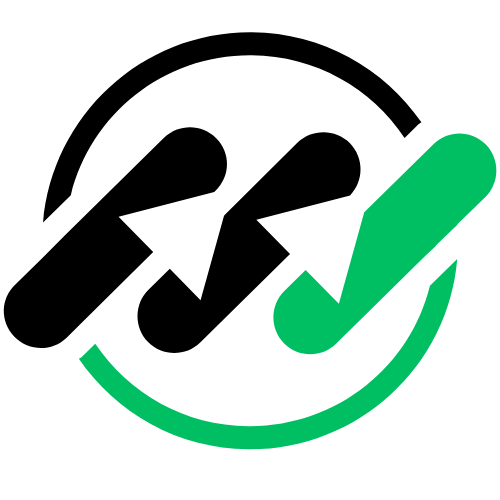How Do You Adapt a Sales Pitch On the Fly?
In the dynamic world of sales, the ability to adapt your pitch in real-time can make or break a deal. We've gathered firsthand accounts from four sales professionals, including Founders and CEOs, to share their experiences. From a tailored pitch that secured a partnership to adapting a pitch that gained client trust, discover how these experts successfully navigated on-the-spot changes.
- Tailored Pitch Secures Partnership
- Real-World Applications Win Client
- Showcasing Flexibility for Unexpectedly Unique Client
- Q&A Session Gains Client Trust
Tailored Pitch Secures Partnership
There was a memorable instance where I had to adapt my sales pitch on the fly during a client meeting. We were discussing a potential partnership with a prospect, and everything seemed to be going smoothly, until they raised a concern about the scalability of our solution for their larger projects.
Instead of sticking to my standard pitch, I quickly shifted gears and tailored my response to address their specific concern. Drawing on examples of successful implementations with similar-sized clients, I highlighted the flexibility and scalability of our solution, emphasizing how it could easily accommodate their growing needs.
By demonstrating our understanding of their challenges and providing real-world examples of how we had successfully addressed similar concerns in the past, I was able to alleviate their apprehensions and regain their confidence in our solution. As a result, the meeting ended on a positive note, and we ultimately secured the partnership, leading to a significant boost in sales and revenue for our company.

Real-World Applications Win Client
There was a memorable instance where we had to adapt our sales pitch on the fly during a key meeting with a prospective client interested in our market validation services. Initially, our pitch focused heavily on the technical aspects of our data analytics capabilities and the breadth of market insights we could offer. However, it quickly became apparent during the discussion that the client was more interested in how our services could be directly applied to accelerate their product launch, rather than the underlying technology or methodologies.
Recognizing this, I shifted the conversation to focus on real-world applications of our services, specifically how we had helped similar startups in the technology sector successfully position their products in highly competitive markets.
I highlighted a case study where our targeted market validation approach allowed a startup to refine their product features according to unmet market needs, significantly enhancing their launch strategy. This not only led to a successful market entry, but also attracted further investment based on the clear traction gained from our insights.
The outcome of adapting our pitch was highly positive. The client was impressed with the direct relevance of our services to their immediate needs, and signed on for a comprehensive market validation project.

Showcasing Flexibility for Unexpectedly Unique Client
I once found myself in a meeting with a potential client who had completely different needs than what I had prepared for. Instead of sticking to my usual sales pitch, I quickly pivoted to focus on how our software development services could specifically address their unique challenges.
By adapting my approach on the fly, I was able to showcase our flexibility and problem-solving skills, ultimately winning over the client and securing a new project for our company. The key takeaway here is to always be prepared to think on your feet and tailor your pitch to the specific needs of your audience.

Q&A Session Gains Client Trust
Recently, I was on a sales pitch on the fly, and I started the whole prepared pitch, which took me a lot of time and research. When I pitched the ideas to the clients, they seemed interested initially, but eventually, my pitch was somehow different from their needs.
To make sure that my pitch stayed effective, I started to adapt. I stopped what I had prepared, and had an open-ended question-and-answer discussion with the clients so that I could understand what they were thinking and what they preferred. This led to an understanding of the ideas, and provided a way to highlight the expertise in the concerned areas. This way, I made a nice impression on the clients by adapting smoothly to a new scenario and gained trust.


